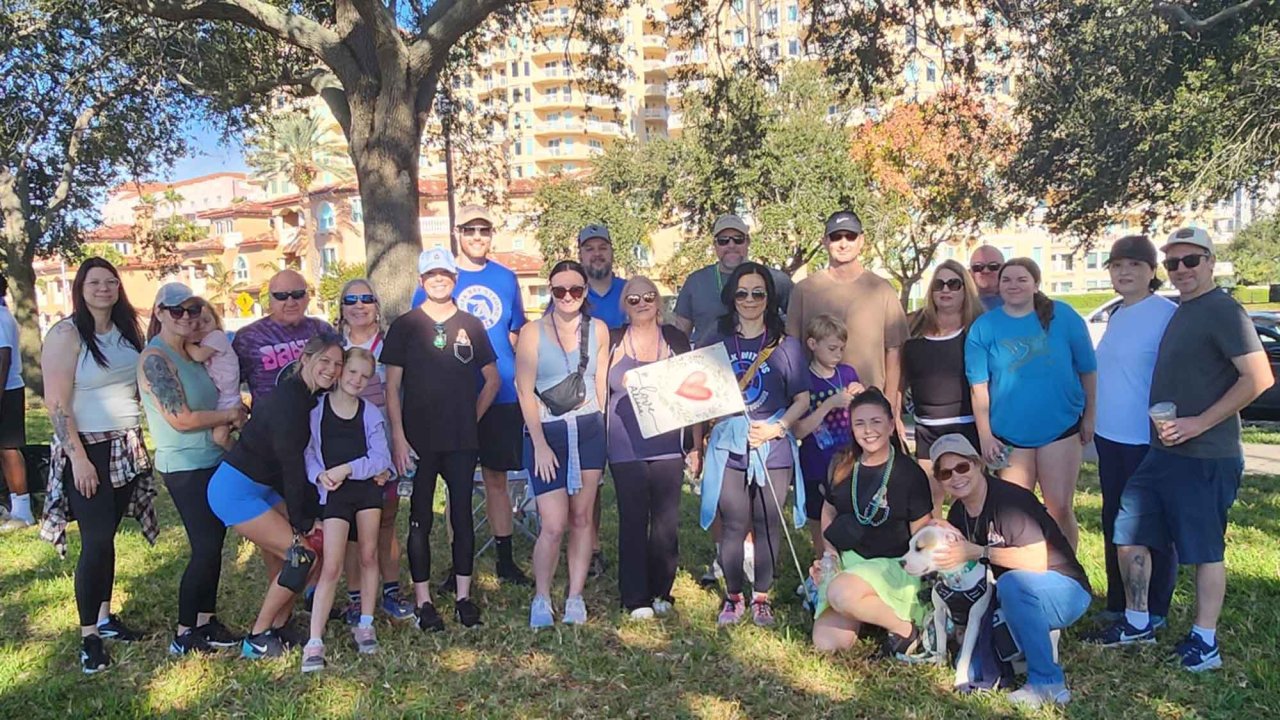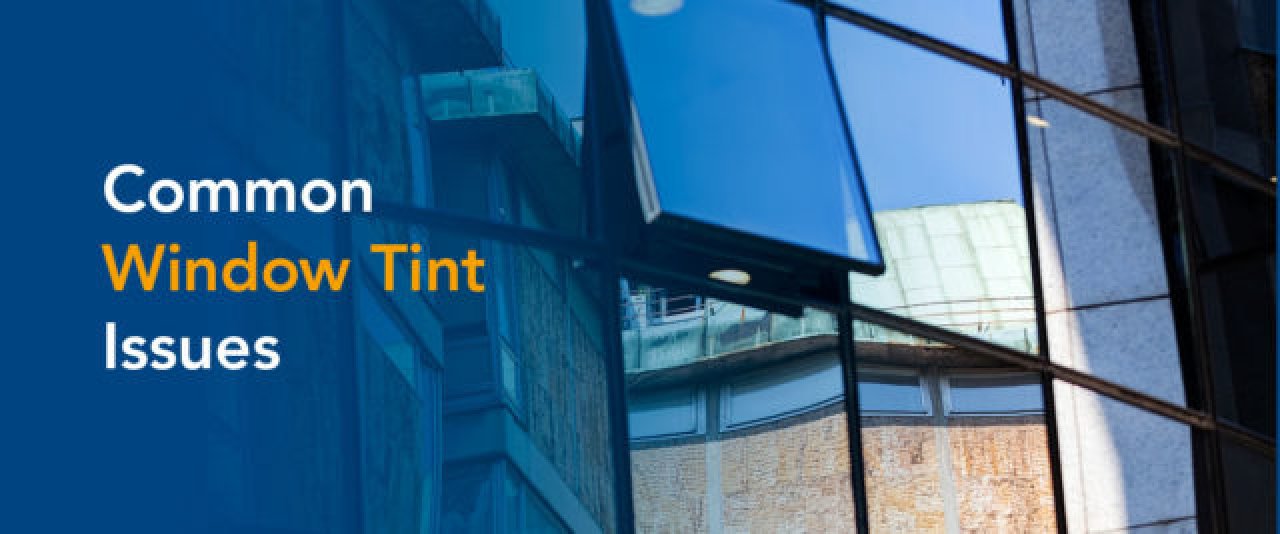Safety Tips for Driving at Night
Jul 20, 2022

Estimated reading time: 0 minutes

Sometimes night driving can be a blast. With your windows down and music blasting in the summertime, you may not see the danger. However, driving at night is more dangerous and leads to more wrecks than driving in the daytime.
Many people get uneasy driving at night because it is a much different experience than driving with full visibility. However, night driving doesn't have to be an anxiety-inducing experience for you. Here are some tips for nighttime driving to put your mind at ease and keep you safer while driving at night.
Dangers of Night Driving
According to the National Highway Traffic Safety Administration (NHTSA), the fatality rate of passenger vehicle crashes that happen at night is three times higher than that of the daytime. The National Safety Council (NSC) also reports that fatigue, shorter days during the winter, compromised night vision and impaired motorists contribute to higher crash risks at night. Even for non-impaired individuals, their color recognition, depth perception and peripheral vision are also compromised in the dark.
Safety Tips for Driving at Night
Though nighttime poses an increased risk of accidents, you can take certain steps to stay safe. Here are some tips for driving at night that can help keep you safe on the road.
- Play defense: The NHTSA found that alcohol impairment is four times higher at night. This means there will be significantly more impaired drivers on the road. To keep yourself safe, drive more defensively than you would during the day. You should also ensure you are not impaired by alcohol, fatigue or any other distractions before getting behind the wheel.
- Be aware: Deer and other wildlife will be harder to spot at night. When possible, use your high beams to identify them. Though you probably won't be able to see their full form, you should look for their eyes that will glow in the reflection of the headlights. It is good practice to frequently look for this eye glow at the edge of the road.
- Stick to the highway: Main highways with more than two lanes are much safer when driving at night, as you'll have more space if you need to swerve. You also won't be as close to the headlights of oncoming traffic — these can make seeing the road difficult.
- Increase distance between cars: Keep a good distance between you and the car in front of you. If they have to slam on their brakes or swerve, you have plenty of time to brake.
- Use high beams when appropriate: Your high beams are a great tool, especially if you are on a two-lane road with low visibility. However, you should keep them low when there is an oncoming vehicle or if you are following another car.
- Don't drive when tired: In 2017, the NHTSA estimated that drowsy driving was responsible for 91,000 crashes — and that includes more than just people with sleeping disorders or those on drowsiness-inducing medications. The NSC says that losing two hours of sleep can have the same effect on your driving as drinking three beers. If you're driving while more tired than normal or at a time of night that makes you drowsy, make sure to drink caffeine, roll your windows down or stop somewhere safe and take a nap.

Prepare Your Car for Night Driving
Though some night driving hazards are out of your control, there are other things you can take responsibility for. Practicing these tips for ensuring your car is ready to go before you hit the road can help keep you safe while driving at night.
- Align your headlights correctly: This isn't a task you should tackle by yourself, but it is important to take your car to the dealer or a similar service to ensure the headlights are not tilting too low or high. Otherwise, you can lose visibility or momentarily blind oncoming drivers.
- Clean your headlights: Clear headlights will give you better visibility on the road and help oncoming cars see you. You can purchase special cleaning kits for your headlights or try the common toothbrush and toothpaste hack to get them clear once again.
- Clean your windshield: Your windshield should also be cleaned regularly, both inside and out. Doing so improves daytime visibility and helps prevent glares when you're driving at night.
Window Tint and Windshield Film
Perhaps one of the best things you can do to protect yourself at night is to add automotive film to the glass in your car to keep you safer and your vehicle more protected.
- Window tint: Window film or window tint reduces the amount of sunlight that passes through the glass, which helps you see the road better without worrying about glare. Some tints also reduce heat for a more comfortable ride and protect against storm or vandalism damage. In the case of an accident, window tint can hold shattered windows together, keeping you safer.
- Windshield film: Windshield film helps protect you and your car from damage in an accident. These films are placed on the windshield and in the event of an accident, it helps hold shattered glass together. They won't impede your vision on the road, as they are optically clear and do not bubble, crack or yellow. They even offer faster run-offs to increase your visibility during rain or snow showers.
Find a Madico Window Film Dealer Near You
For over 100 years, Madico has been a trusted manufacturer of material-based solutions such as window films. We lead the way in developing innovative applications to solve customer challenges through our robust Research and Development departments. We strive to energize our position in the marketplace through market research. Our window film division manufacturers and distributes high-quality window films for various industries through nine North American distribution centers and an extensive network of international distributors.
We offer a variety of window films that can keep you and your car safer on the roads. We pride ourselves on creating high-quality window films that serve numerous applications, helping you reduce glare when driving at night so you can stay safer. Find a Madico window tint dealer near you for window films to cut glare!



